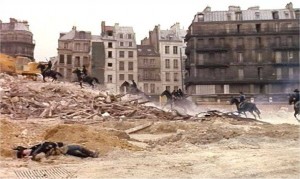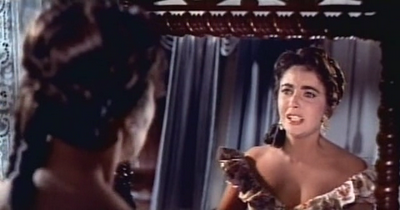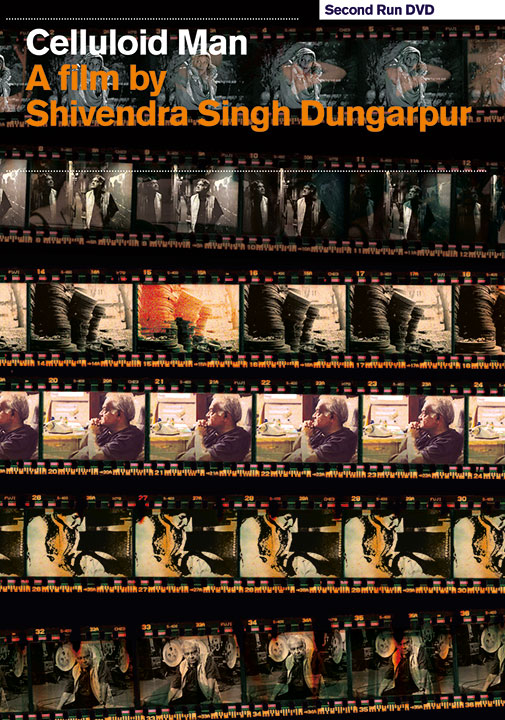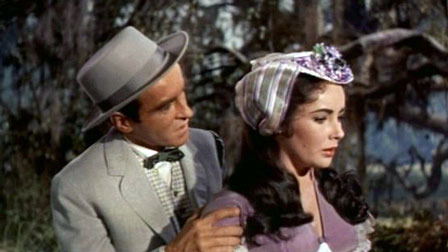From Film Comment (May-June 1974). Apart from my responses here to Malle, Whale, and Fejos, I no longer identify with most of what I wrote here, over 41 years later. Much of this -– especially my reactions to Ferreri and The Great Garrick — was strongly influenced at the time by my friendship with the late Eduardo de Gregorio. — J.R.

The word is out that Marco Ferreri’s TOUCHE PAS LA FEMME BLANCHE (DON’T TOUCH THE WHITE WOMAN) isn’t making it at the box office. The notion of staging a semi-political, semi-nonsensical Western in Les Halles seems to be bewildering French audiences, even when they laugh, and neither the presence of Michel Piccoli, Marcello Mastroianni, Philippe Noiret, and Ugo Tognazzi, nor the singular glace of Catherine Deneuve as the white woman, appears to have turned the trick. Our local Philistine, Thomas Quinn Curtiss in the International Herald Tribune, was distinctly sourced by the experience: “The subject is certainly serviceable for caricature, but Ferreri’s hand is so clumsy that the result is rather a burlesque of the cow operas of his homeland…All is grotesque, but nothing is funny in this wild, tasteless travesty that consistently misses its targets.” When I mentioned liking the film to a French colleague on the phone, I can almost swear I heard an audible shudder creep across the lines. Read more
From the April 1, 1988 Chicago Reader. — J.R.

A memorable if generally unsuccessful attempt (1958) by MGM to bring back the glory of Gone With the Wind, adapting Ross Lockridge’s best-selling novel about the Civil War as a 168-minute blockbuster with Elizabeth Taylor and Montgomery Clift (who suffered a nearly fatal car accident during the filming and had to have his jaw wired). Edward Dmytryk’s direction gets ponderous over the long haul, but nice visuals (Robert Surtees) and a pretty good secondary cast (including Eva Marie Saint, Lee Marvin, and Agnes Moorehead) help to alleviate some of the slow patches. (JR)
Read more
“A movie pours into us. It fills us like milk being poured into a glass.” — John Updike

| |
I must confess that the prospect of viewing a recent two-and-a-half-hour documentary (a recent DVD release of Second Run in the U.K.) about P. K. Nair, the fanatically devoted archivist who helped to found India’s National Film Archive in 1964, didn’t fill me with eager anticipation; the whole thing sounded somewhat esoteric and remote. But in fact, Shivendra Singh Dungarpur’s compulsively watchable and consistently entertaining Celluloid Man (2012) kept me enraptured throughout, not least for its evocations of cinema as a whole and not merely Indian cinema. Early on, when we see Nair addressing us in front of a screen showing Citizen Kane with French subtitles, followed a little later by the opening strains of the film’s soundtrack, it becomes obvious that the critical issues and passions informing Nair’s life are very close to those of his principal mentor, Henri Langlois. And even though the film has a lot to say and show us about the history of Indian cinema, personal and anecdotal (e.g., Ritwik Ghatak’s drinking habits and viewing tastes, Nair’s own history) as well as industrial, it’s the cinema as a whole and why it matters that provides its ultimate framework. |
Read more




